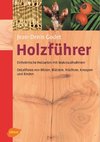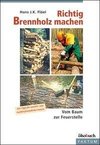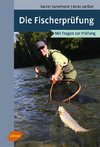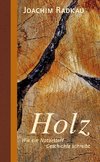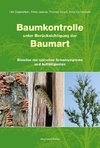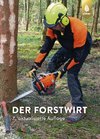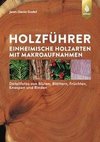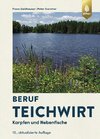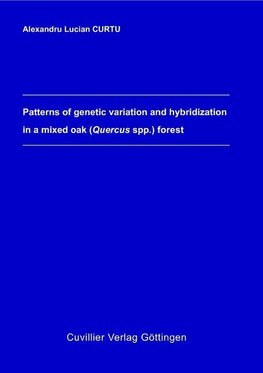
Patterns of genetic varition and hybridization in a mixed oak (Quercus spp.) forest
The present study is the first documentation on genetic variation and hybridization within such a complex natural community of oak species (Quercus spp.). It is also the first report of the use of microsatellite analysis in Q. frainetto, a relatively widespread... Viac o knihe
Produkt je dočasne nedostupný
23.23 €
bežná cena: 26.40 €
O knihe
The present study is the first documentation on genetic variation and hybridization within such a complex natural community of oak species (Quercus spp.). It is also the first report of the use of microsatellite analysis in Q. frainetto, a relatively widespread species in the Balkan region and in southern Italy. Multiple morphological characters as well as three types of genetic markers were used to discriminate between species and their hybrids. In addition, paternity analysis was performed to retrace the patterns of contemporary gene flow and hybridization within this species-rich oak community. Both chloroplast and nuclear genetic markers discriminated clearly between Q. cerris and the group consisting of the four other white oak species, which is consistent with the taxonomical scheme. In contrast, within the white oak group, the species shared the most common chloroplast haplotypes which might be interpreted as an evidence for interspecific gene flow in a relatively recent past. Both categories of nuclear markers, isozymes and microsatellites, have revealed high levels of genetic variation within species. The amount of genetic differentiation estimated across all loci using nuclear markers was always significant (P<0.05) and varied between pairs of species. The present study provides evidence that the four closely related species have maintained their morphological and genetic integrity in an area of sympatry. The level of hybridization and introgression inferred from the adult tree generation varied markedly among species pairs. The occurrence of interspecific gene flow was confirmed by the paternity analysis performed in the same stand. The propensity to hybridize showed an important tree-to-tree variation within species (e.g. Q. petraea). Furthermore, there is evidence that the proportion of hybrid individuals declines from the seed to the adult stage very likely due to environmental selection against hybrids.
- Vydavateľstvo: Cuvillier Verlag
- Formát: Paperback
- Jazyk:
- ISBN: 9783865379979

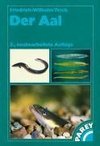
 Nemecký jazyk
Nemecký jazyk 